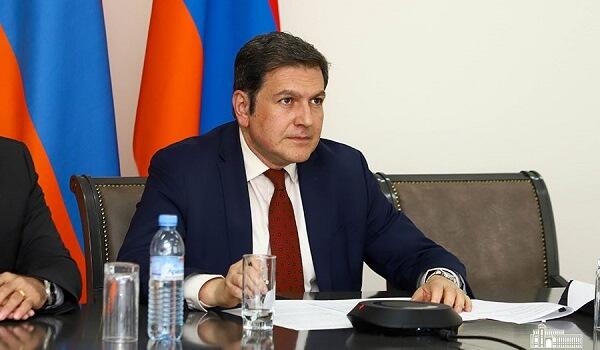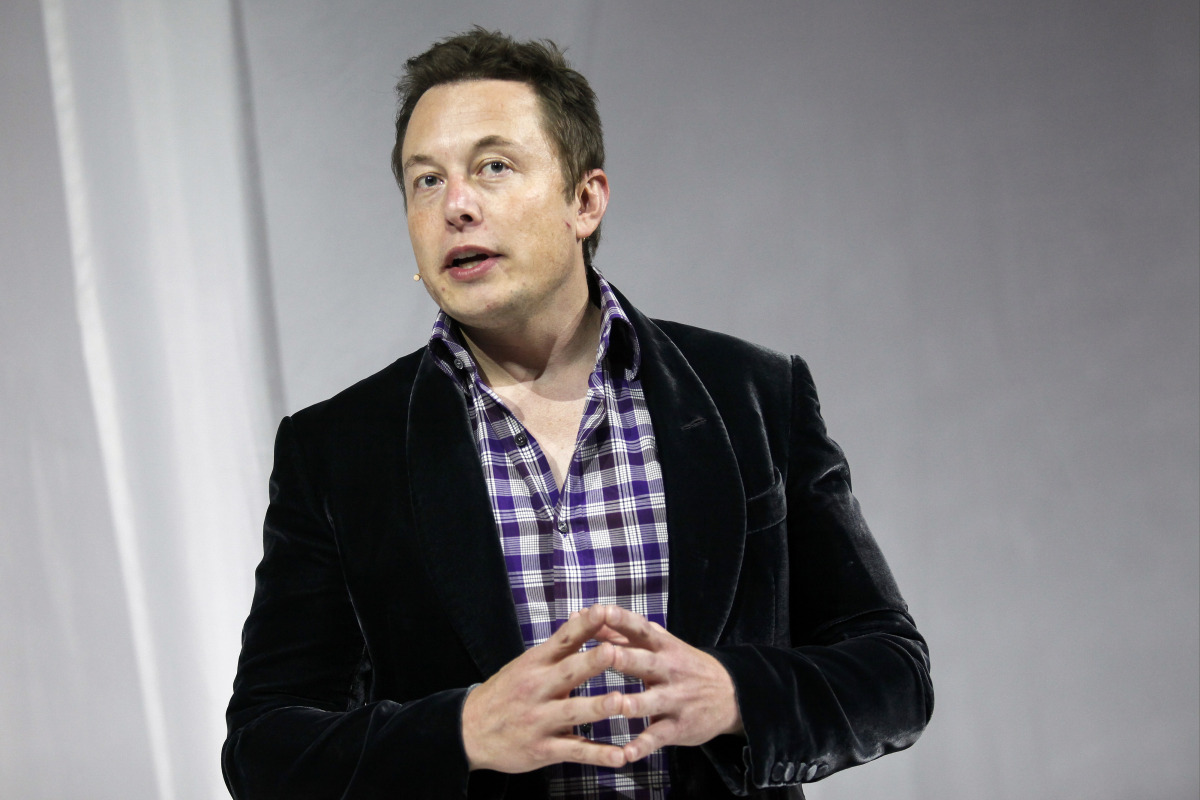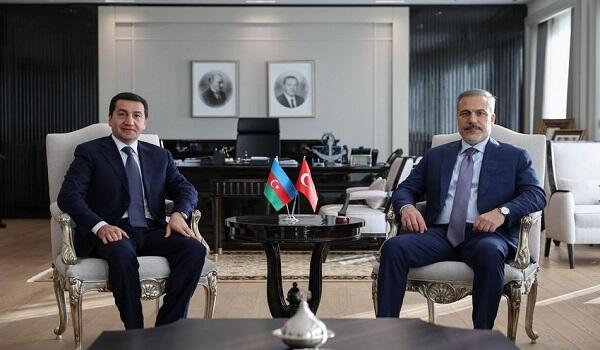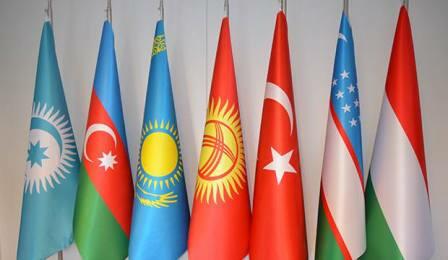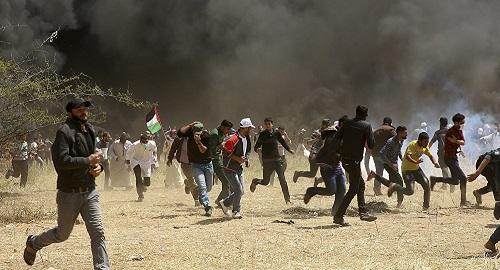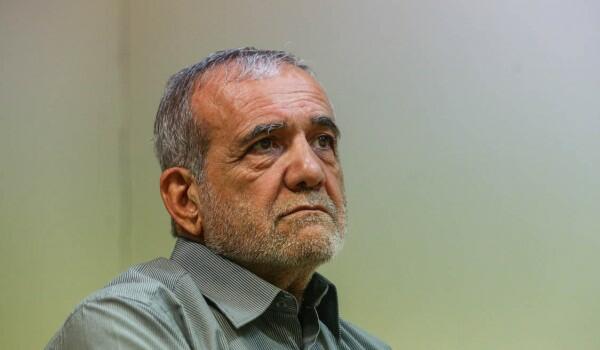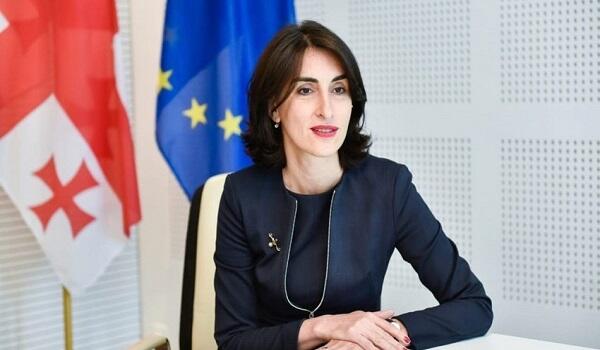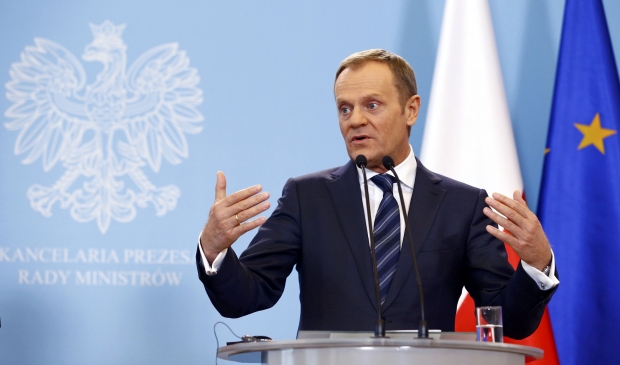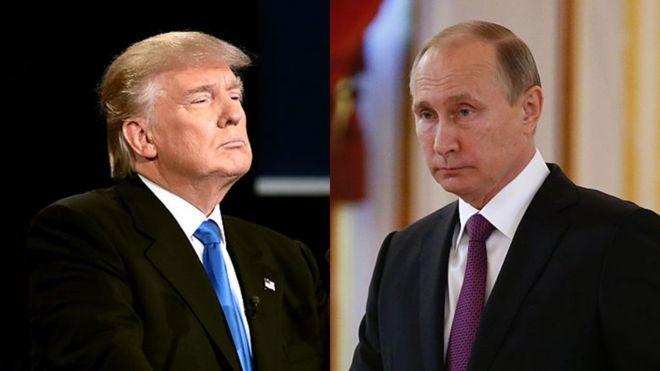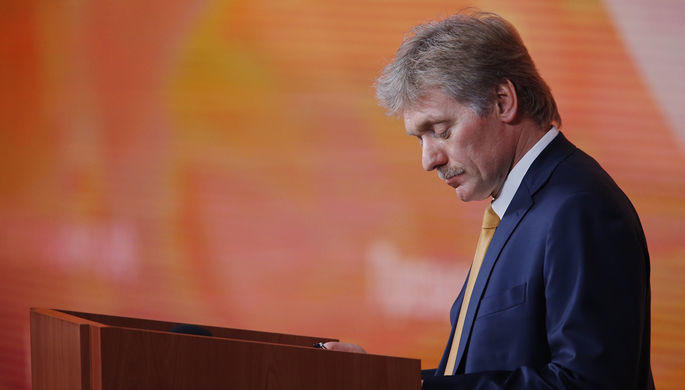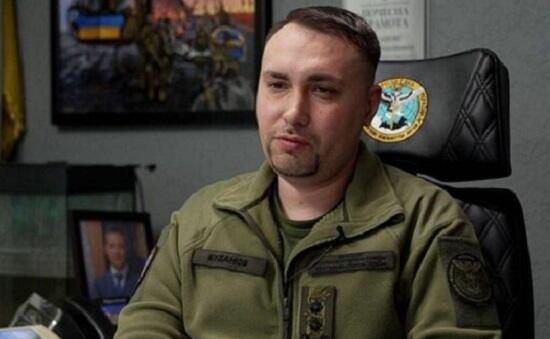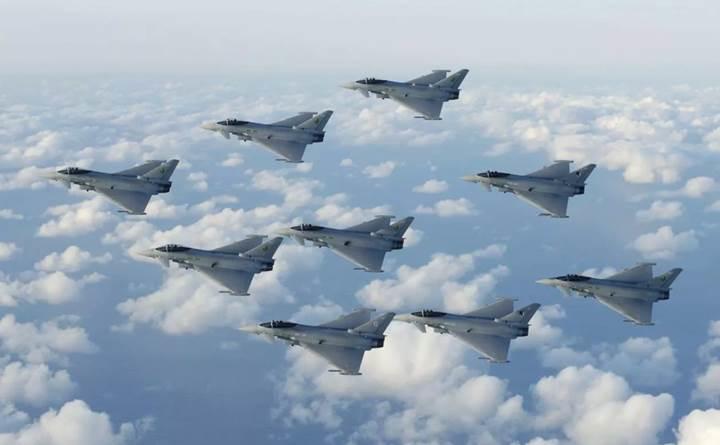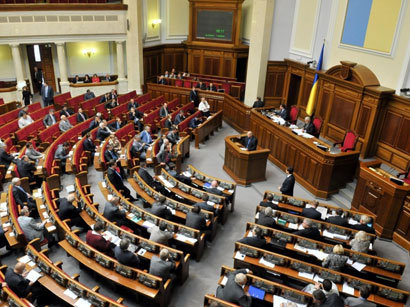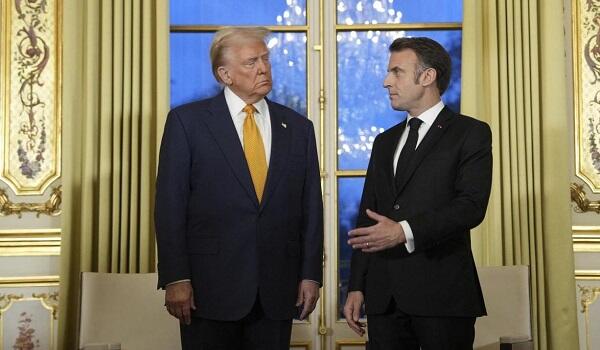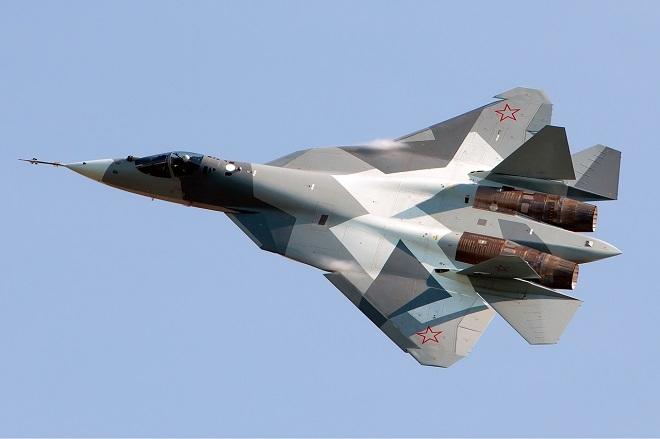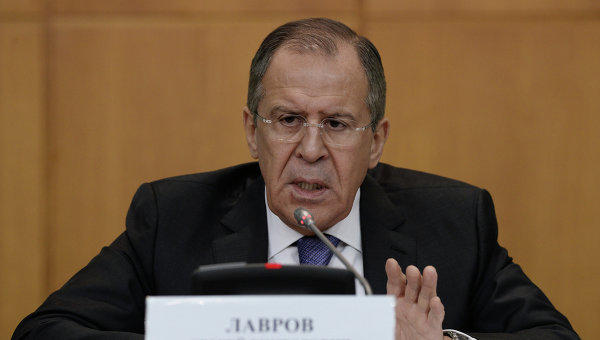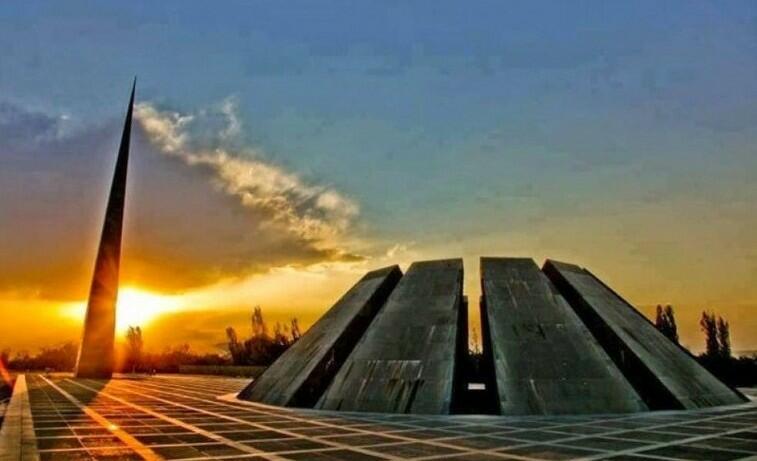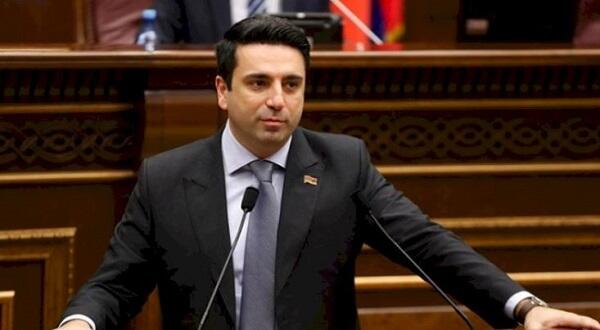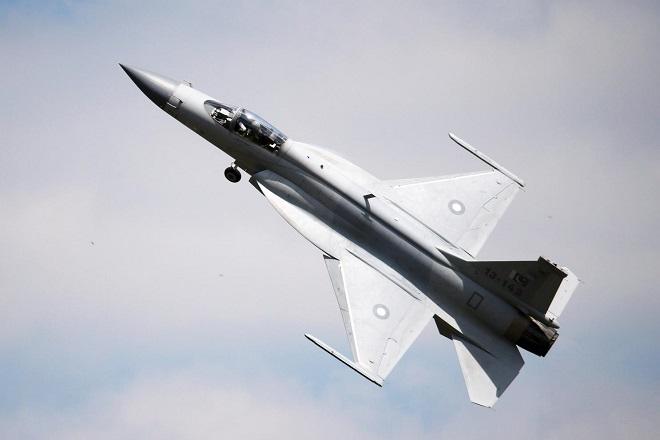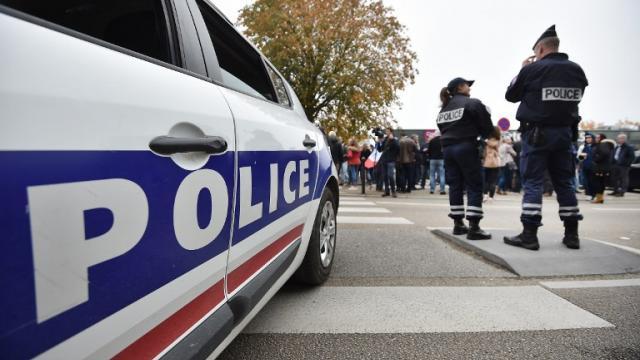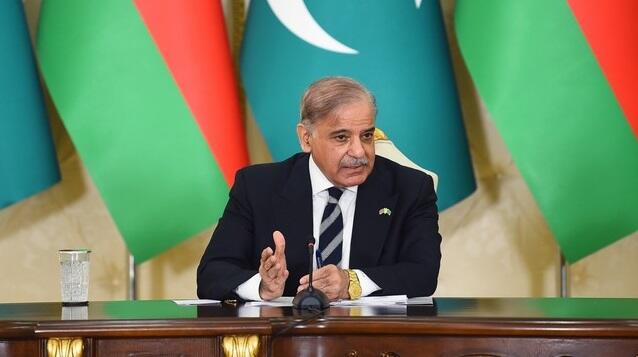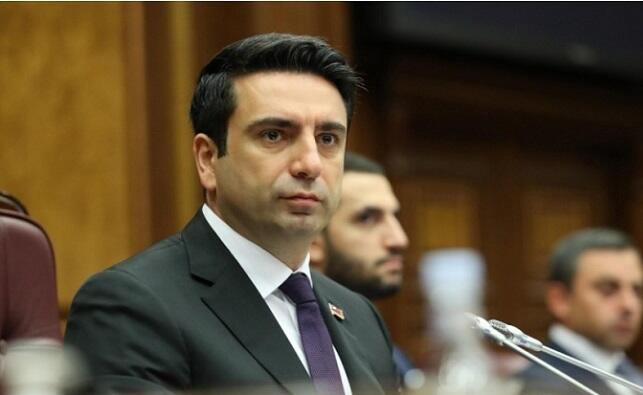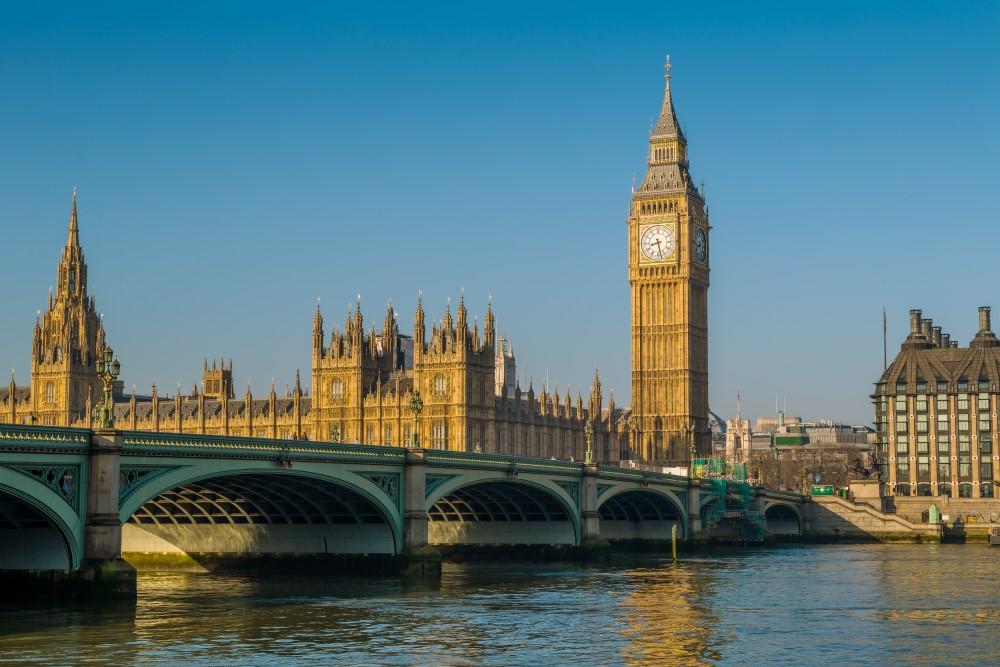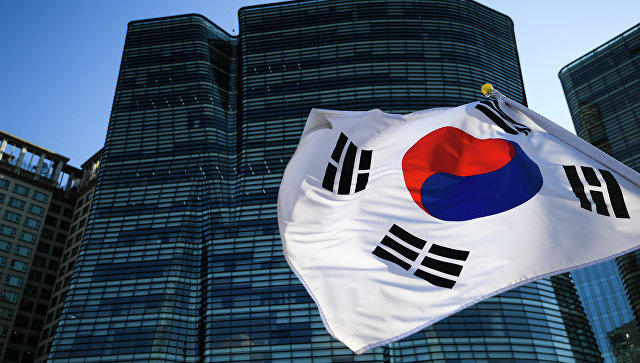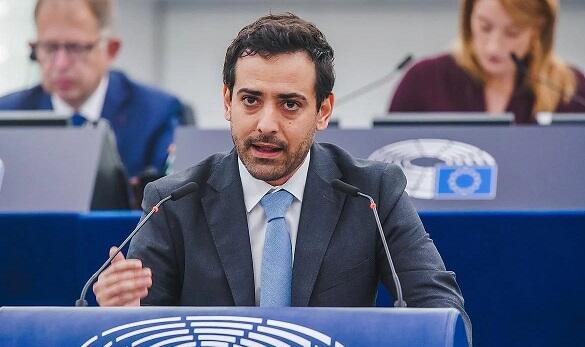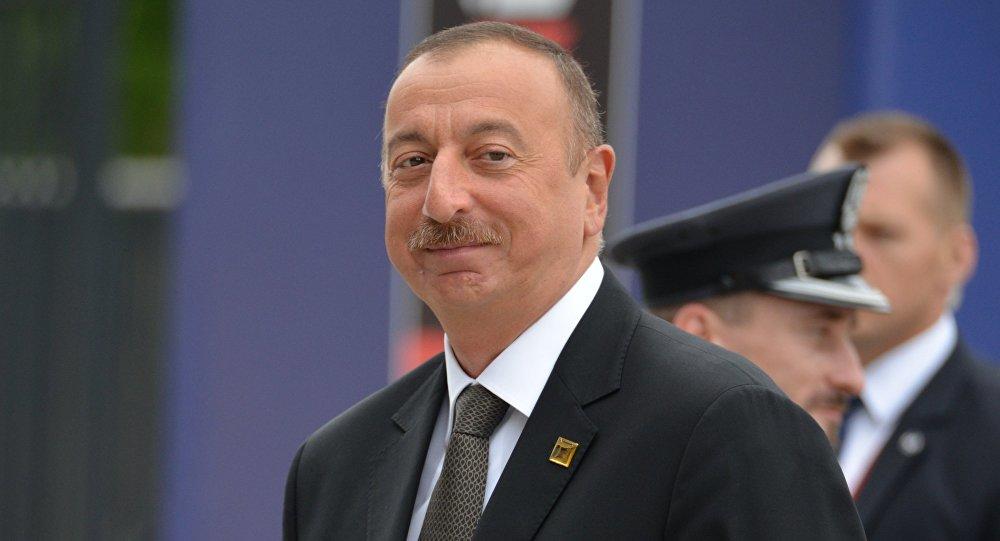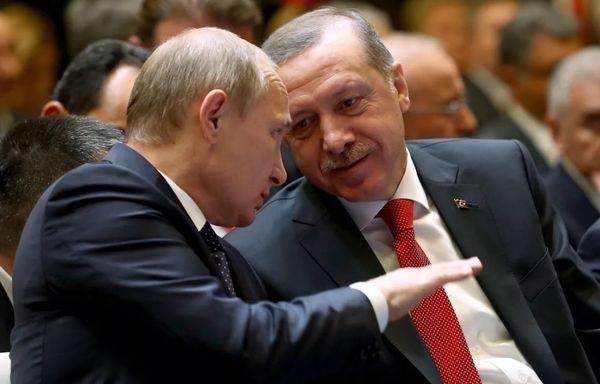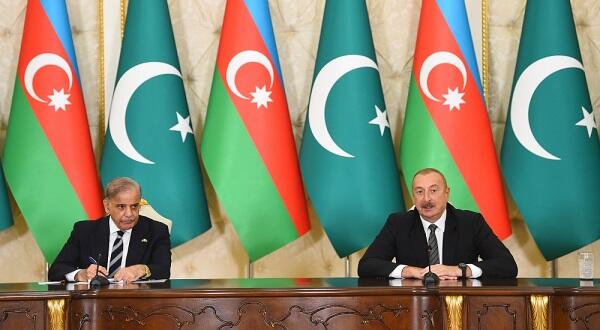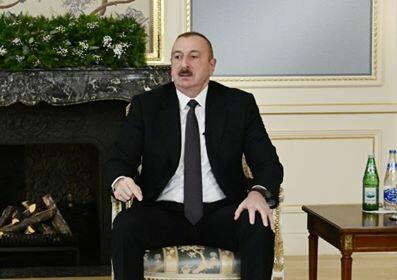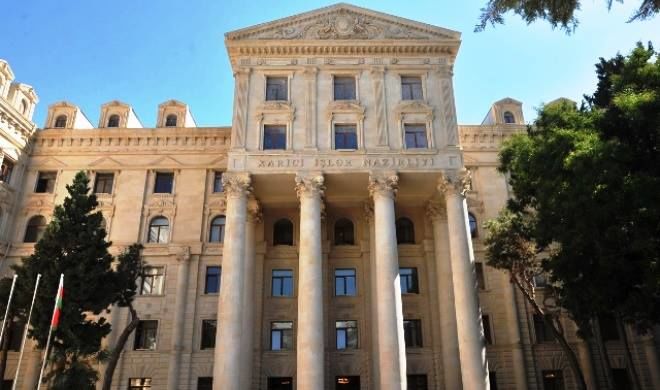Armenian Prime Minister Nikol Pashinyan sparks controversy by questioning the long-standing narrative of the 1915 events, drawing criticism from within Armenia and the global Armenian diaspora. His remarks shed light on the Soviet Union's role in shaping the "Armenian Genocide" discourse and the geopolitical motives behind its promotion.
Axar.az reports that this was written by well-known political commentator and journalist, Rachel Avraham, founder and CEO of the Dona Gracia Diplomacy Center, in an article published in Canada's popular publication THEJ.CA.
"During his visit to the city of Davos in Switzerland, Armenian Prime Minister Nikol Pashinyan opened the Armenian Pandora’s box, which is something that cannot be questioned or doubted—the Armenian Genocide. Pashinyan raised doubts about the way Armenians interpret the events of 1915 and criticized how they have clung to their narrative over the years.
According to Pashinyan, it is important to understand exactly what happened during these events, why it happened, and why the issue of the “Armenian Genocide” was not raised in 1939 but suddenly became prominent in the 1950s. In his words, he asked, “Should we understand this or not?”. The reactions to Pashinyan’s statement were very harsh, both from within Armenia and from the global Armenian diaspora. They accused him of making “dangerous” statements that could threaten Armenia’s national security.
Over the years, the Armenians have used the events of 1915, referred to as the “Armenian Genocide,” for political and national purposes, to promote their interests worldwide, and even to politically harm Turkiye. According to Pashinyan, it wasn’t just the Armenians who did this, but also the Soviets, which led to further criticism of the Armenian Prime Minister.
According to the Armenian narrative, the Soviet Union did not allow any discussion of the events of 1915, and anyone who was caught talking about it was punished and imprisoned for “speaking the truth.” In reality, this claim is far from accurate. The Armenian narrative of the “genocide,” along with the myths added to it, was invented by the Soviet Union and promoted by Karen Demirchyan, a member of the Central Committee of the Soviet Armenian Communist Party.
Therefore, the Soviets did not prevent people from discussing the “genocide,” but rather, they were the ones who began to discuss it themselves. Pashinyan did not mention the 1950s by accident; he did so because, in 1952, Turkiye joined NATO, which led the Soviets to consider using the Armenian story to exert pressure on Turkiye. The Soviets did not act out of concern for the Armenians or a desire to uncover the truth about the 1915 events, but rather out of their hatred for the Turks and their desire to harm NATO members, the enemies of the Soviet Union. Although the Soviets promoted the Armenian narrative and added myths to their interpretation of events, the Armenian narrative was not invented by the Soviets but by the Armenians themselves.
On the 100th anniversary of the “Armenian Genocide” in 2015, some Russian media outlets criticized the Armenian claim that it was forbidden to discuss the 1915 events under Soviet rule. According to Russian reports from April 2015, the Soviet Union allowed the Armenians in 1962 to plan a memorial to commemorate the “Armenian Genocide” for the 50th anniversary of the 1915 events. However, all discussions on the topic were conducted discreetly to avoid harming the Soviet Union’s foreign relations with Turkiye and NATO countries.
In 1965, on the annual commemoration day for the “Armenian Genocide,” with the Kremlin’s approval, official memorial events for the 1915 events were held in Yerevan at the city’s Opera and Ballet Theater. It is important to note that Communist Party members did participate in the memorial events, but these events, attended by the Communists, did not satisfy the Armenian people.
These memorials turned into displays of Armenian anger towards the Soviets. Many Armenians began to demand that Moscow officially recognize the “Armenian Genocide” and build an official monument to the victims. In the end, when the monument to commemorate the 1915 events was erected, Armenians saw it as a result of the pressure exerted by the people on the Soviet government. However, in practice (according to historical records and documents), the Soviet Union had approved the construction of the monument before the 50th anniversary of the “Armenian Genocide,” meaning that the popular Armenian pressure did not influence the decision-making process on the matter.
Moving forward along the timeline, on February 21, 1985, the Politburo of the Soviet Union, under the leadership of Mikhail Gorbachev, discussed “measures related to the 70th anniversary of the Armenian Genocide.” The Armenian leadership demanded that the Armenian sentiment and narrative be strengthened and that the annual commemoration day for the “Armenian Genocide” be elevated from a regular commemoration to a pan-Armenian day of mourning, celebrated on a broader scale.
In the 1980s, the anti-Turkish sentiment had decreased, so the Armenians wanted to revive it while presenting a glorious self-identity. Despite this, Gorbachev agreed to the Armenians’ demands but was forced to make the opposite decision due to opposition from veteran members of the Communist Party such as Tikhonov, Gromyko, and Grishin. They argued that supporting the Armenian narrative, which blamed the Turks for the genocide, would harm relations with Turkiye, which were beginning to warm at the time. In that meeting, Gorbachev sided with the opposition of the three veteran members for the sake of Soviet internal politics, but a month later, after Gorbachev was appointed General Secretary, he removed all three from the Politburo and replaced them with people more accommodating to the Armenian issue.
Armenians take particular pride in Uruguay, which was the first country to officially recognize the “Armenian Genocide” in May 1965. However, in reality, Uruguay only publicly supported the Armenian narrative after the Soviet Union allowed the commemoration of April 24 as the official and mythological date of mourning. Before the Kremlin officially endorsed the “Armenian Genocide” narrative, no one referred to the 1915 events as genocide or tried to label them as such. Uruguay, with its large and influential Armenian diaspora, could not (in terms of global political positioning) support the Armenian narrative before the Soviet Union did so officially. Other countries that began to support the Armenian narrative did so only after Armenia gained independence from the Soviet Union and officially emerged as a state. Therefore, blaming the Soviets for forbidding any discussion of the 1915 events is absurd and does not reflect the truth.
It seems that Armenian Prime Minister Nikol Pashinyan simply wants to shed light on the historical truth in an era where fake news is considered equivalent to verified facts in terms of public opinion worldwide. The myth and narrative created by the Soviets to oppose Turkiye only harms Armenia’s foreign relations and does not advance the country in any positive direction. Although Armenia has declared that it seeks normalization with Turkiye, the narrative it seeks to promote only hinders its ability to reach this goal and severely limits its strategic options in the region. We can only hope that Pashinyan’s words will not fall on deaf ears and will lead the Armenian people to ask questions and strive to uncover the true truth."
